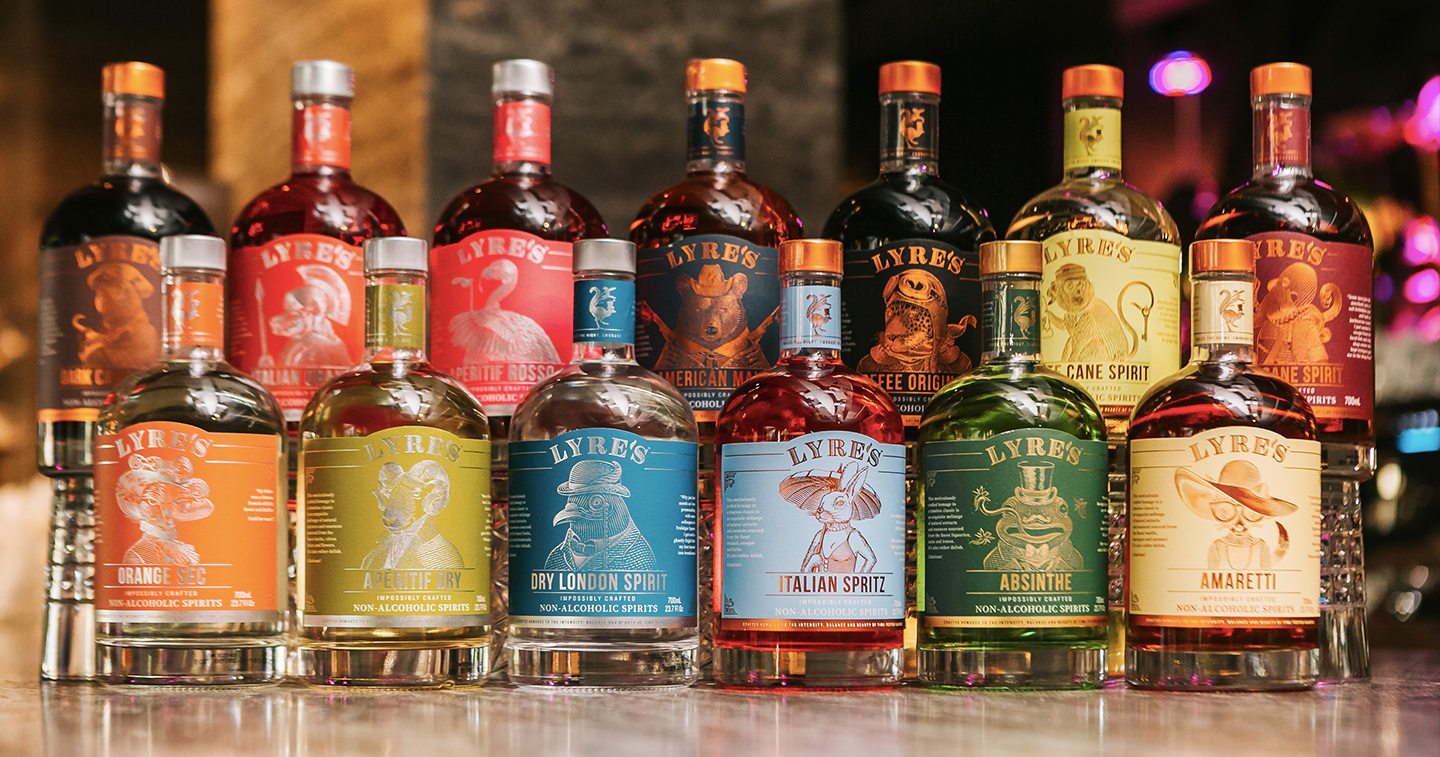Why Non-Alcoholic Wine Distributors Are Thriving

A quiet revolution has been reshaping the landscape of the beverage industry. Non-alcoholic wine, once relegated to the sidelines and often viewed as a compromise for those avoiding alcohol, has surged into the spotlight. Distributors of non-alcoholic wine are thriving, not as a passing trend, but as central players in a cultural, economic, and health-driven shift that’s redefining what it means to raise a glass.
This article explores the factors behind the booming success of non-alcoholic wine distributors, analyzing the key trends, market demands, technological advancements, and cultural changes that are fueling their growth.
The Rise of the “Sober Curious” Movement
At the heart of the non-alcoholic wine boom is the rise of the “sober curious” movement—a global cultural shift in which people are actively choosing to reduce or eliminate alcohol from their lives. This trend is particularly strong among Millennials and Gen Z, who place a high value on health, mindfulness, and self-optimization.
Unlike previous generations that associated socializing and celebration almost exclusively with alcohol, today’s younger consumers are more likely to question those norms. They seek alternatives that allow them to participate in social rituals, like toasting at a wedding or sipping wine over dinner, without the downsides of alcohol consumption. This has created a massive demand for high-quality non-alcoholic beverages that don’t feel like second-best options.
For distributors, this shift represents a golden opportunity. The increase in demand for non-alcoholic options has led retailers, restaurants, and e-commerce platforms to expand their selections, making room for a broader variety of products.
Health and Wellness Trends Drive Demand
Modern consumers are more health-conscious than ever. The connection between alcohol and negative health outcomes, such as liver damage, cancer risk, and mental health issues, is well-documented. As awareness of these risks grows, more people are seeking beverages that align with their wellness goals.
Non-alcoholic wine offers the ritual and taste of traditional wine without the health concerns associated with alcohol. It contains fewer calories, eliminates the hangover, and doesn’t interfere with medications or fitness regimes. These benefits are highly appealing to a growing segment of the population.
Distributors who tap into the health and wellness narrative are finding a receptive audience across a broad demographic range. Many are partnering with wellness influencers, gyms, yoga studios, and wellness retreats to introduce their products to new, health-focused markets.
Technological Advancements in Winemaking
One of the key reasons non-alcoholic wine distributors are thriving is the dramatic improvement in product quality over the past decade. Thanks to advancements in dealcoholization techniques—such as vacuum distillation and reverse osmosis- producers can now remove alcohol from wine while retaining much of its original flavor profile and aromatic complexity.
This innovation has turned non-alcoholic wine from a bland alternative into a sophisticated, enjoyable beverage in its own right. Distributors no longer have to sell based on health benefits alone; they can now boast about taste, terroir, and craftsmanship, just as with traditional wine.
Premiumization of non-alcoholic wine has also opened up new price points. Consumers are now willing to pay more for a quality alcohol-free product, improving margins and expanding the market for distributors who can curate and supply high-end offerings.
Regulatory and Social Factors
Government policies and workplace guidelines are also contributing to the rise of non-alcoholic wine. In many professional settings, drinking during business events or lunches is either discouraged or outright banned. Yet the social pressure to “have a drink” persists. Non-alcoholic wine provides a perfect solution: it allows people to maintain a professional image while still engaging in the social aspects of drinking.
In some countries, stricter drunk-driving laws and heightened public health campaigns are also reducing alcohol consumption. Distributors who supply non-alcoholic wine to hotels, restaurants, and events are capitalizing on these legal and cultural shifts, offering compliant and attractive alternatives.
Retail and E-commerce Expansion
The pandemic accelerated a shift toward online shopping, and non-alcoholic wine distributors have benefited immensely from this trend. Direct-to-consumer (DTC) sales, subscription boxes, and curated wine clubs specializing in alcohol-free options have flourished.
E-commerce also enables distributors to tell the story of their products in more engaging ways, using videos, customer reviews, and social media to build brand loyalty. This direct engagement helps educate consumers and fosters a sense of community around non-alcoholic wine culture.
Major retailers and supermarkets have taken note, expanding their alcohol-free offerings on shelves and dedicating space for these products. Distributors that offer consistent supply, branding support, and product education are now indispensable to these retail channels.
Diversity of Consumer Profiles
One of the most surprising factors behind the success of non-alcoholic wine distributors is the wide range of consumer demographics they serve. It’s not just pregnant women or designated drivers anymore. Today’s non-alcoholic wine drinker might be a fitness enthusiast, a religious abstainer, a recovering alcoholic, or simply someone taking part in “Dry January.”
This diversity makes non-alcoholic wine a more resilient market segment. Distributors can target multiple audiences across different seasons, occasions, and cultures. They’re no longer dependent on a single type of customer, and that means more stable, long-term growth.
Hospitality and Events Industry Embrace Change
The hospitality sector is embracing non-alcoholic wine in a big way. Upscale restaurants, luxury hotels, and catering services are increasingly offering alcohol-free pairings and menus. Sommeliers are being trained to understand and recommend non-alcoholic options, treating them with the same care as traditional wine.
This growing demand has created new channels for distributors to explore. Events like weddings, corporate functions, and wellness retreats now include alcohol-free beverage bars, adding to the volume and variety of orders.
Partnerships with the hospitality industry not only generate revenue but also serve as effective marketing. When consumers have a positive experience with a non-alcoholic wine at a restaurant or event, they’re more likely to seek it out later in retail or online.
Branding and Social Acceptance
Once considered niche or even stigmatized, non-alcoholic wine is now seen as stylish and modern. Sleek packaging, elegant labeling, and thoughtful marketing have helped reposition it as a desirable lifestyle product.
Social media has played a vital role in this transformation. Influencers and celebrities have endorsed non-alcoholic wine, posting about it at parties, dinners, and holidays. This visibility has normalized and glamorized the product, increasing its appeal among aspirational consumers.
Distributors who understand the power of branding and aesthetics are thriving, especially those who align themselves with values such as sustainability, local sourcing, and organic farming—values that matter deeply to today’s conscious consumer.
Conclusion
Non-alcoholic wine distributors are not just riding a trend, they are tapping into a fundamental change in consumer attitudes, behaviors, and values. From the health-conscious and sober curious to those navigating cultural and professional environments where alcohol is discouraged, a wide array of people are turning to alcohol-free alternatives that don’t compromise on taste or experience.
As product quality continues to improve and societal acceptance grows, the future looks bright for non-alcoholic wine. Distributors who can stay ahead of the curve, offering variety, quality, and strategic partnerships, will find themselves not just surviving but thriving in this exciting new era of beverage innovation.



